How to optimize your sleep posture to help your body recover faster: 3 expert tips
Recovery you can quite literally do in your sleep
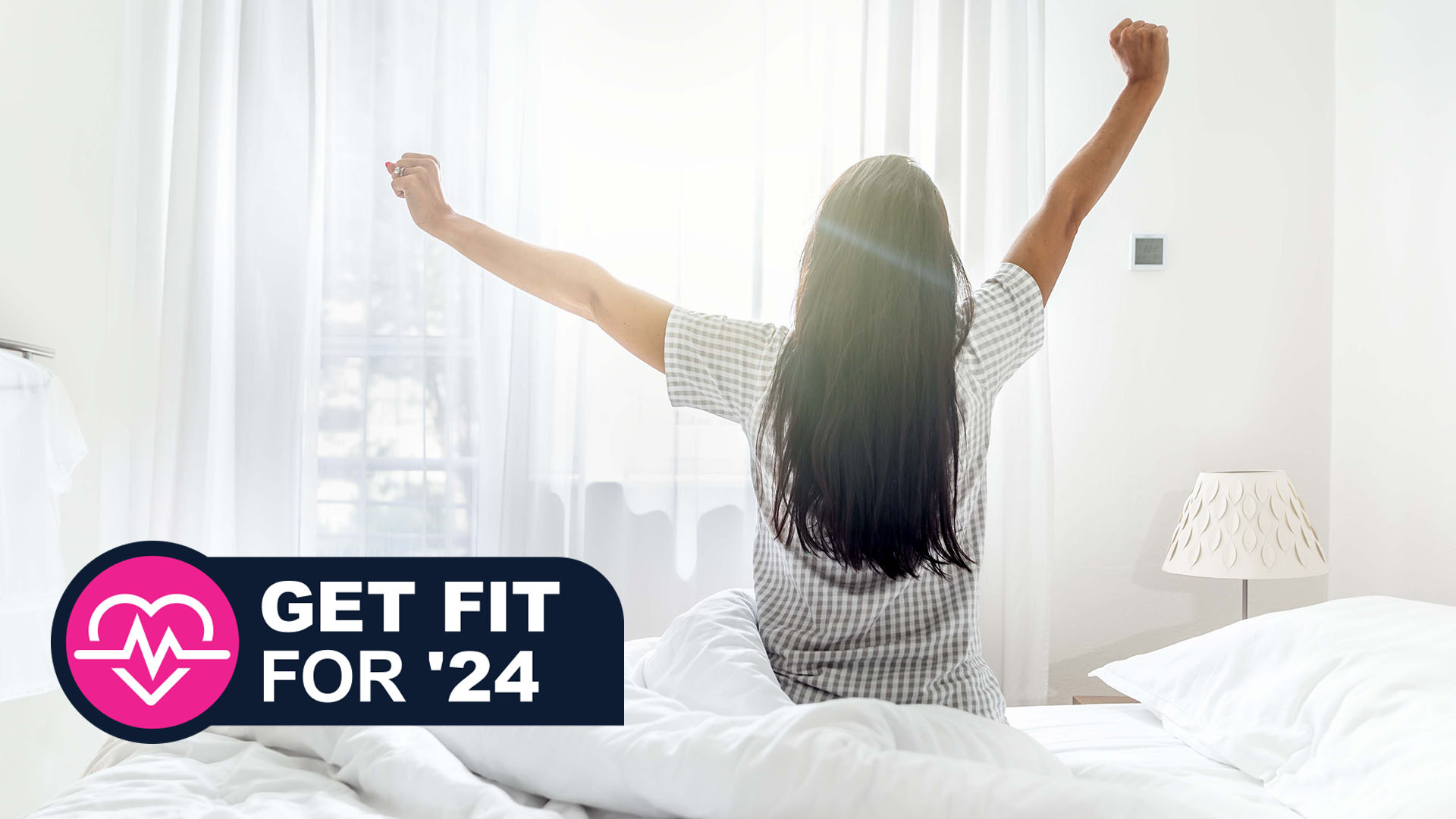
Ever gone to sleep with aches and pains only to wake up with, well, even more aches and pains? Sleep can be both physically and mentally restorative, but if your body feels worse for wear even after a good eight hours on the best mattress, your sleep posture might be preventing you from achieving the quality of rest you need. To optimize your recovery, it's time to start thinking about how you sleep and what you sleep on.
The really good news is that using sleep to aid recovery requires minimal effort. The most important thing is to consider the position you fall asleep in. Once you understand your sleep posture, you can start building a sleep setup that supports your needs.
Sleep posture is a passion of James Leinhardt, sleep expert and owner of mattress brand Levitex. “Sleep posture only really gets talked about clinically with patients that are bed bound and immobile,” says James, who has over a decade of experience assisting with sleep in medical settings. But James believes sleep posture can help everyone, from professional athletes to desk workers, and he spoke to us about how recovery and sleep style are interlinked. It’s a simple message that James preaches: “bring the bed to the human rather than the human being dragged by gravity to the bed.”
By creating a supportive sleep environment, we can take the pressure off the body during the night, giving it time to heal. Here’s a few changes you can make to optimize your sleep for faster recovery:
1. Sleep in a supportive position
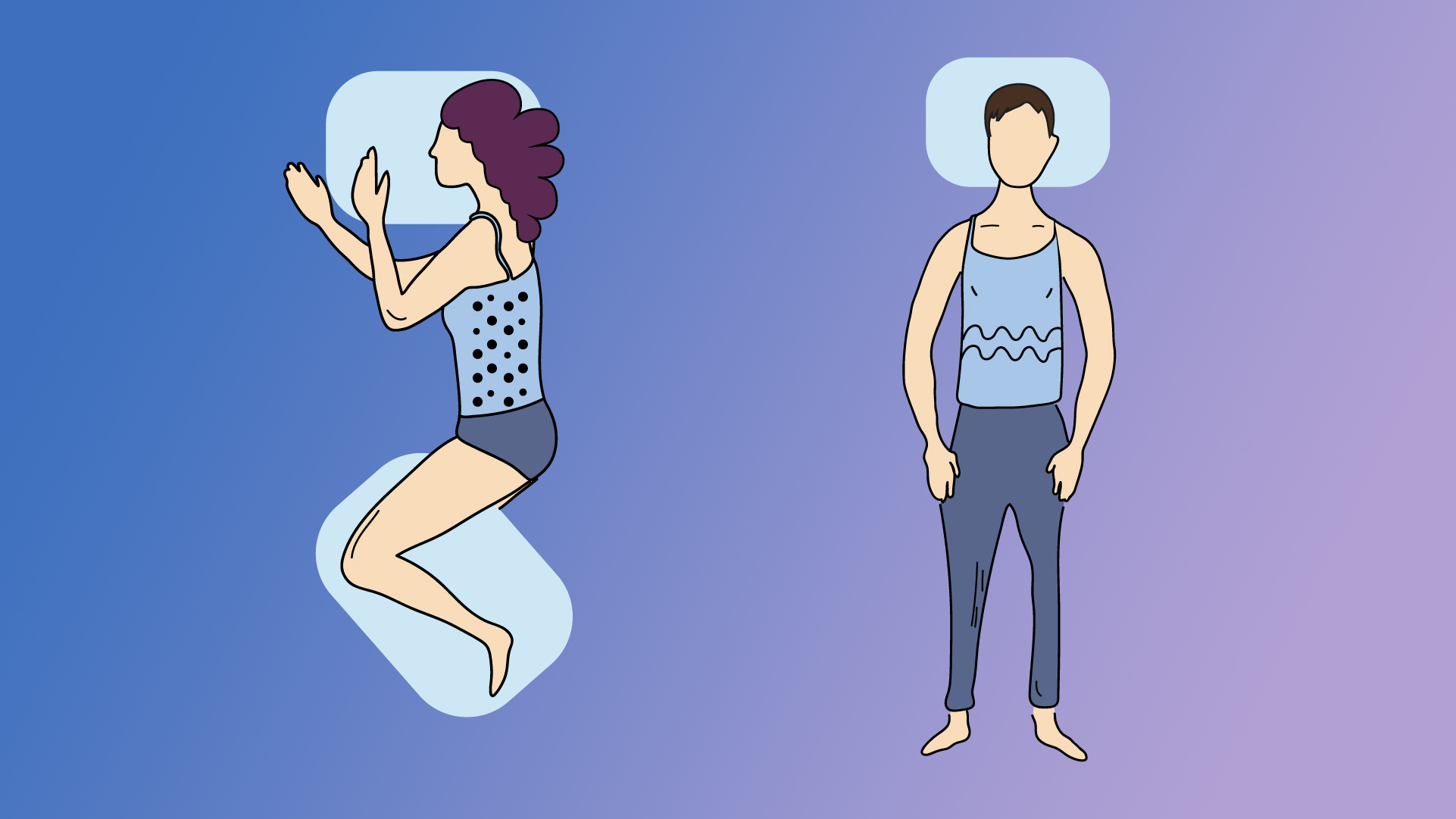
The first step to optimizing sleep for recovery is to consider your sleep posture. The best position to sleep in is either a stacked side position or a straight back sleeping position (demonstrated in the illustrations above). To better use your rest time for recovery, avoid any twisted positions that put stress on your spine – and that includes all stomach sleeping positions.
“There is a direct relationship between having a straight spine and the speed of recovery,” explains James. “If your spine is straight, then the muscles around [the spine] don't have to work to maintain these funny positions we put ourselves in.”
By sleeping in an aligned position, the muscles can relax, and you can enjoy a good quality rest. But maintaining alignment can be easier said than done. Thankfully, James has a trick for that: use an old pillow. Placing a pillow between your knees (for side sleepers) or under your knees (back sleepers) can help you keep that optimum position, even after you've drifted off. Side sleepers can also benefit from hugging a pillow to the chest.
Sign up for breaking news, reviews, opinion, top tech deals, and more.
If you’re struggling with an injury, make sure your sleeping position isn’t putting pressure on the area. We should all aim to alternate the side we lie on from time to time, and getting into this habit can be particularly useful if your usual side sleeping position is aggravating an injury.
2. Choose a firmer mattress
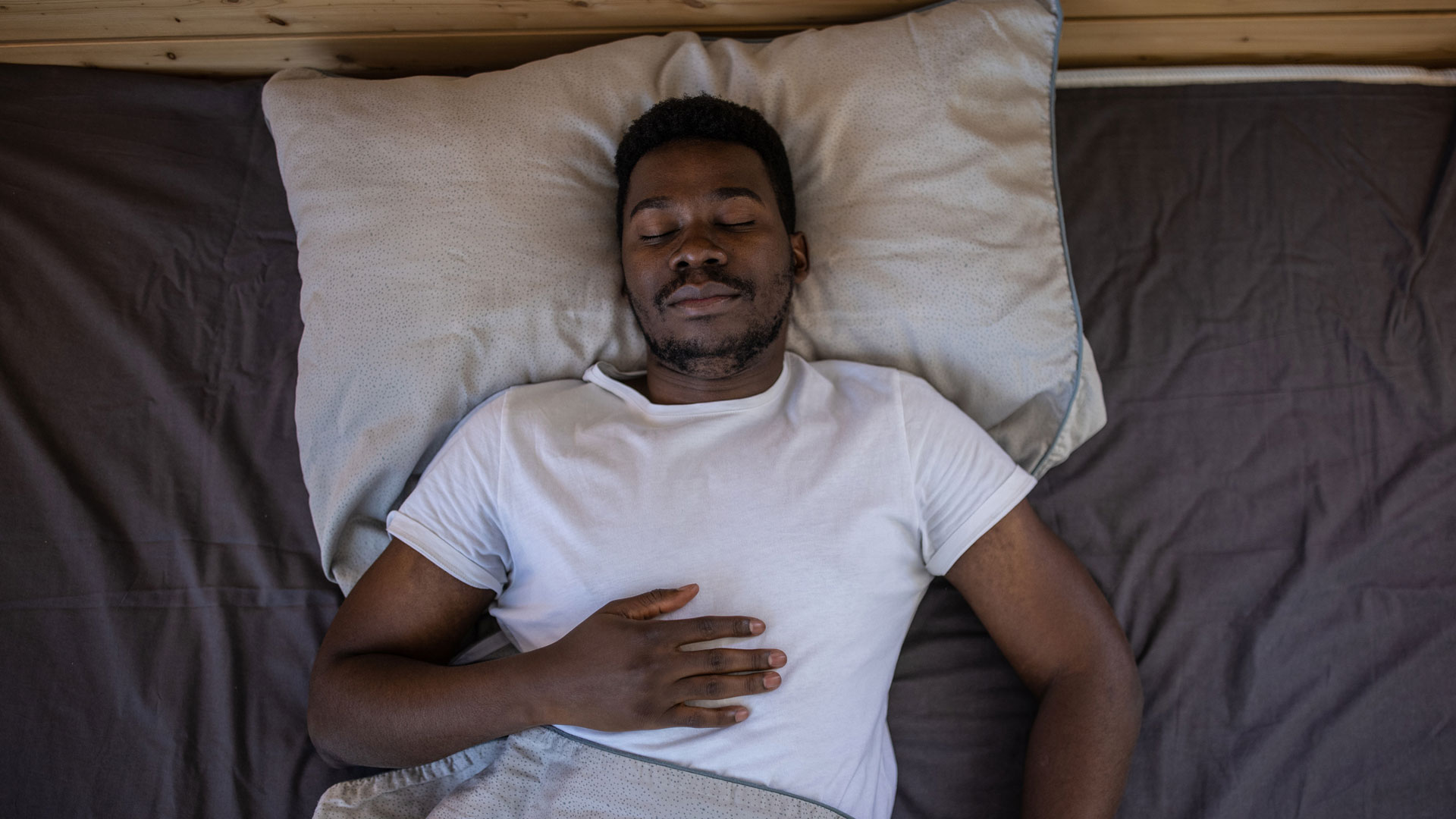
Your mattress is more than just the surface you fall asleep on – it can be an important tool in your recovery. But only if it's providing you with the right level of support and pressure relief. For an optimized rest period, choose a mattress with a firmer build.
To understand why a firmer surface is better, James asks you to imagine relaxing while bouncing about on a gym therapy ball. “You'd be holding your core and every time you moved, everything would move. That's the same bodily reaction that happens when your lying surface doesn't support you.”
According to James, we should be looking for.a perfect marriage of comfort and support in a mattress. Enough cushioning at the pressure points that you can drift off, but with a firmer support so the sleep surface doesn’t collapse beneath you. I took a look at how Levitex foam compares to more traditional memory foams, with an Emma Original vs Levitex mattress showdown.
And if your current bed is too soft, you don’t necessarily have to invest in a new mattress. There are other ways to make a mattress firmer, including adding a new mattress topper. In my Levitex mattress topper review, I found it offered an impressive amount of full-body support.
3. Upgrade your pillow
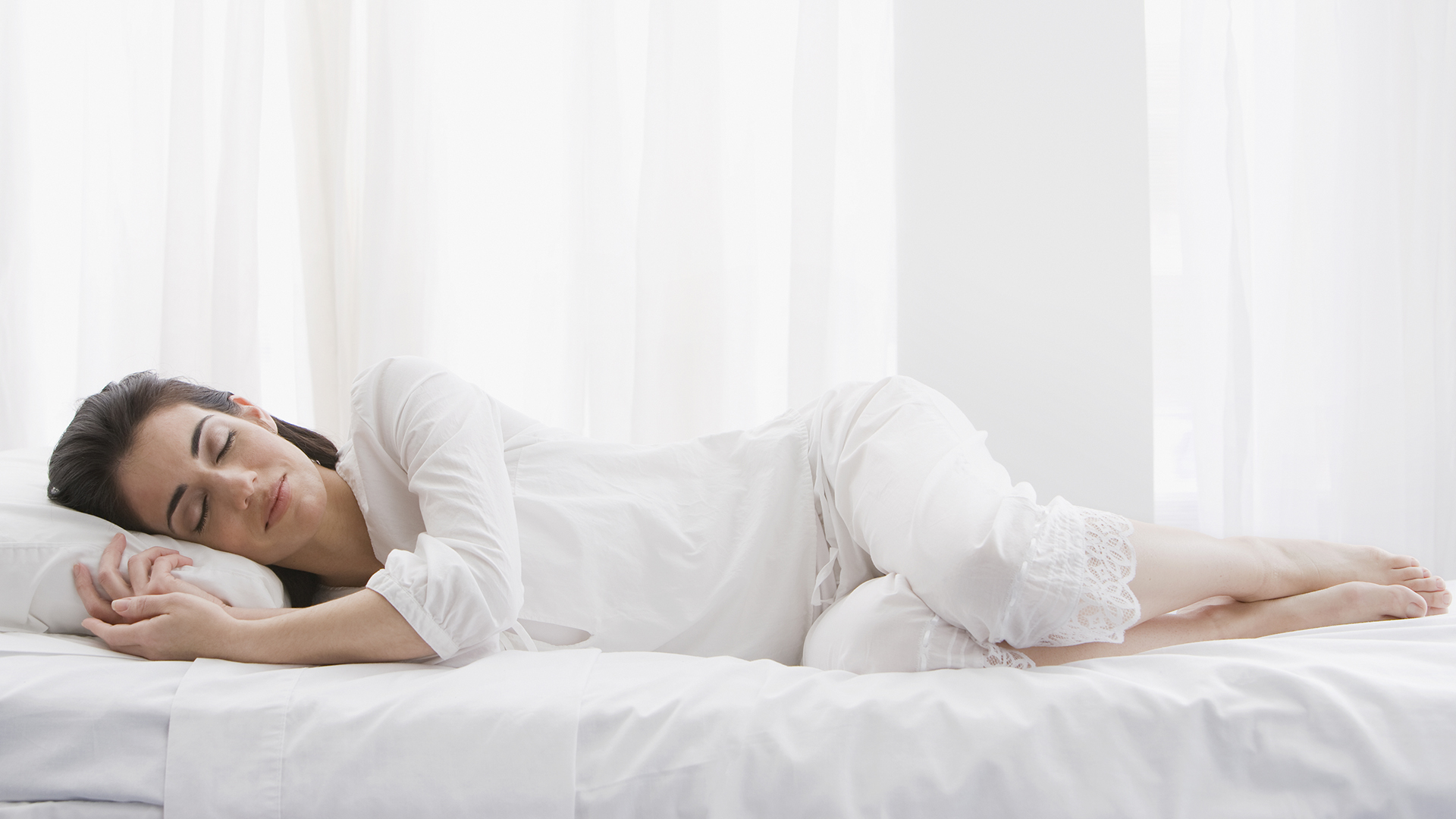
The right pillow should support an optimum sleep posture, helping keep your spine in alignment throughout the night. Again, firmness is the answer. “The softer your bed, the softer your pillow, the less resistance, and gravity will pull [you] down into these really bad postures,” explains James. A firmer pillow prevents your head from twisting during the night, so pressure stays off your spine.
But it isn't all about firmness; the right pillow needs to fit your height as well, so your stays level instead of bending up or down. To that end, the Levitex pillow is available in four different sizes, for different builds and sleep styles (check out our Levitex Pillow review, to learn more). We also have some excellent options in our best pillow guide.
And one thing to avoid? Pillow propping aka using several pillows at once. Lying on layers of pillows might look luxurious, but it’s probably not what your body needs. “There does seem to be a direct relationship between pain, pillow propping, and chicken soup. I don't think either of them work particularly well,” says James. So, stick with just the one pillow (but you can probably keep the chicken soup).
This article is part of TechRadar's Get Fit for '24 week of fitness content.
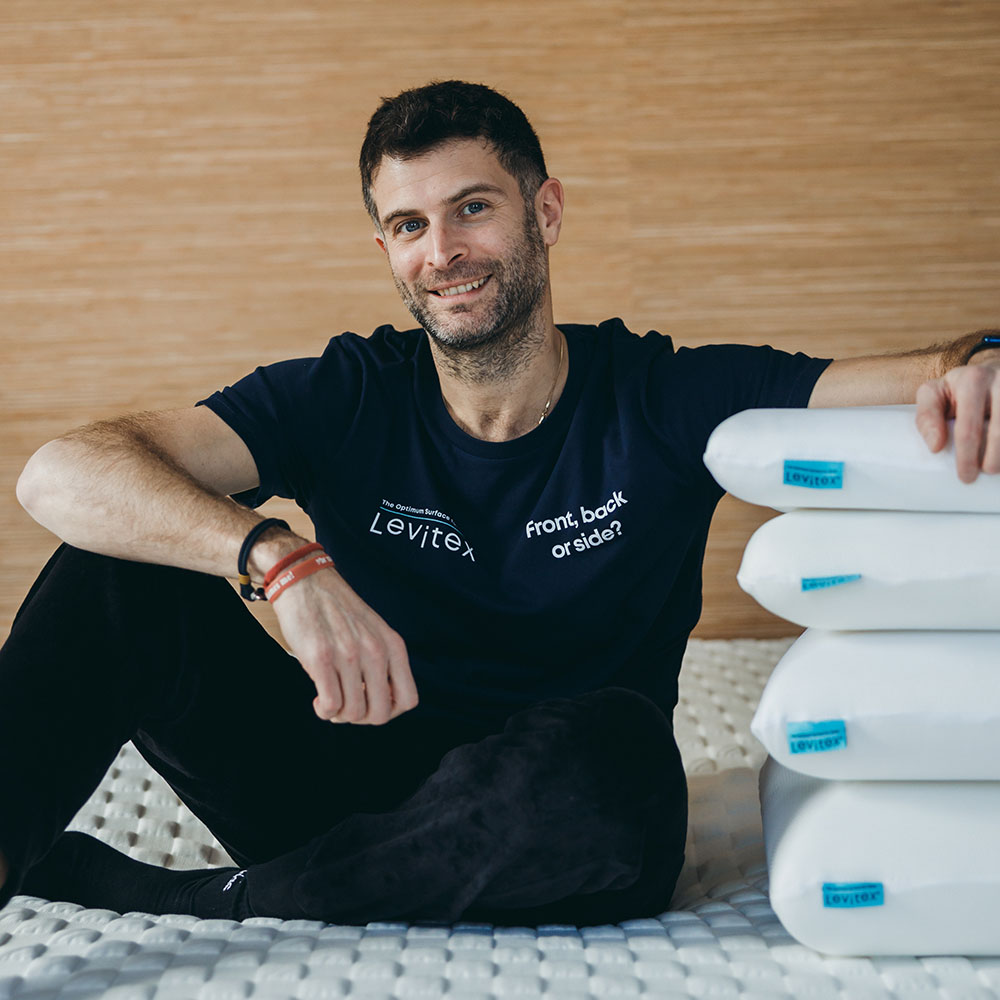
James Leinhardt is an expert in sleep posture. He has a wealth of knowledge in nighttime postural care and has designed class-one medical devices to manage the posture for clients suffering with complex neurological illness and injury. He works with NHS trusts and social care throughout the UK and his night time system has reached clients as far as the Middle East and Australia. He's also the founder of pillow and mattress brand Levitex.

Ruth is TechRadar’s Sleep Writer. She’s here to help you find the perfect sleep setup for your budget and personal preferences. As well as keeping a keen eye on everything that’s going on in the world of mattresses, she regularly speaks to experts to help you learn how to improve your sleep habits, whether that’s by debunking sleep myths or explaining the science behind it all. Prior to joining the TechRadar team, she wrote features and product guides for new parents hoping to get a decent night's sleep, as well as writing for a variety of online spaces.